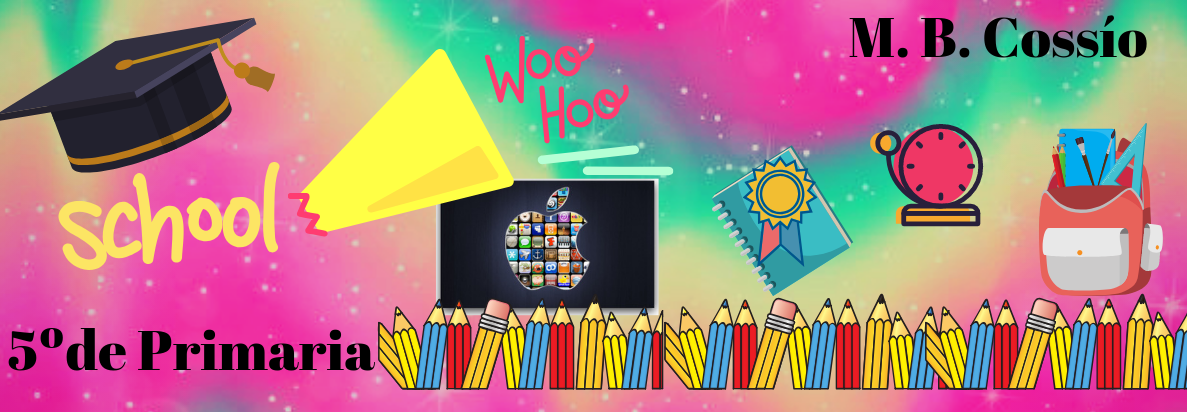ESTAMOS TODOS DE ACUERDO
1.- Defender ideas en un debate.
2.- Estrategias para la comprensión lectora.
3.-Oraciones Predicativas:
3.-Oraciones Predicativas:
Complemento Indirecto
4.- *Preposiciones Ejercicios
*Conjunciones
*Interjecciones.
ex.1 ex.2 ex.3 ex.4 ex.5
ex.6 ex.7 ex.8
5.- Las frases hechas y los refranes.
*Conjunciones
*Interjecciones.
ex.1 ex.2 ex.3 ex.4 ex.5
ex.6 ex.7 ex.8
5.- Las frases hechas y los refranes.
6.- Los signos de puntuación:
7.- El texto argumentativo.
Plantea una idea o tesis sobre un tema y proporciona argumentos, como hechos o razones, para defenderla.
Resultan útiles para convencer a los demás de algo.
8.- El teatro.
9.- El informe.
10.- Verbos
10.- Verbos































